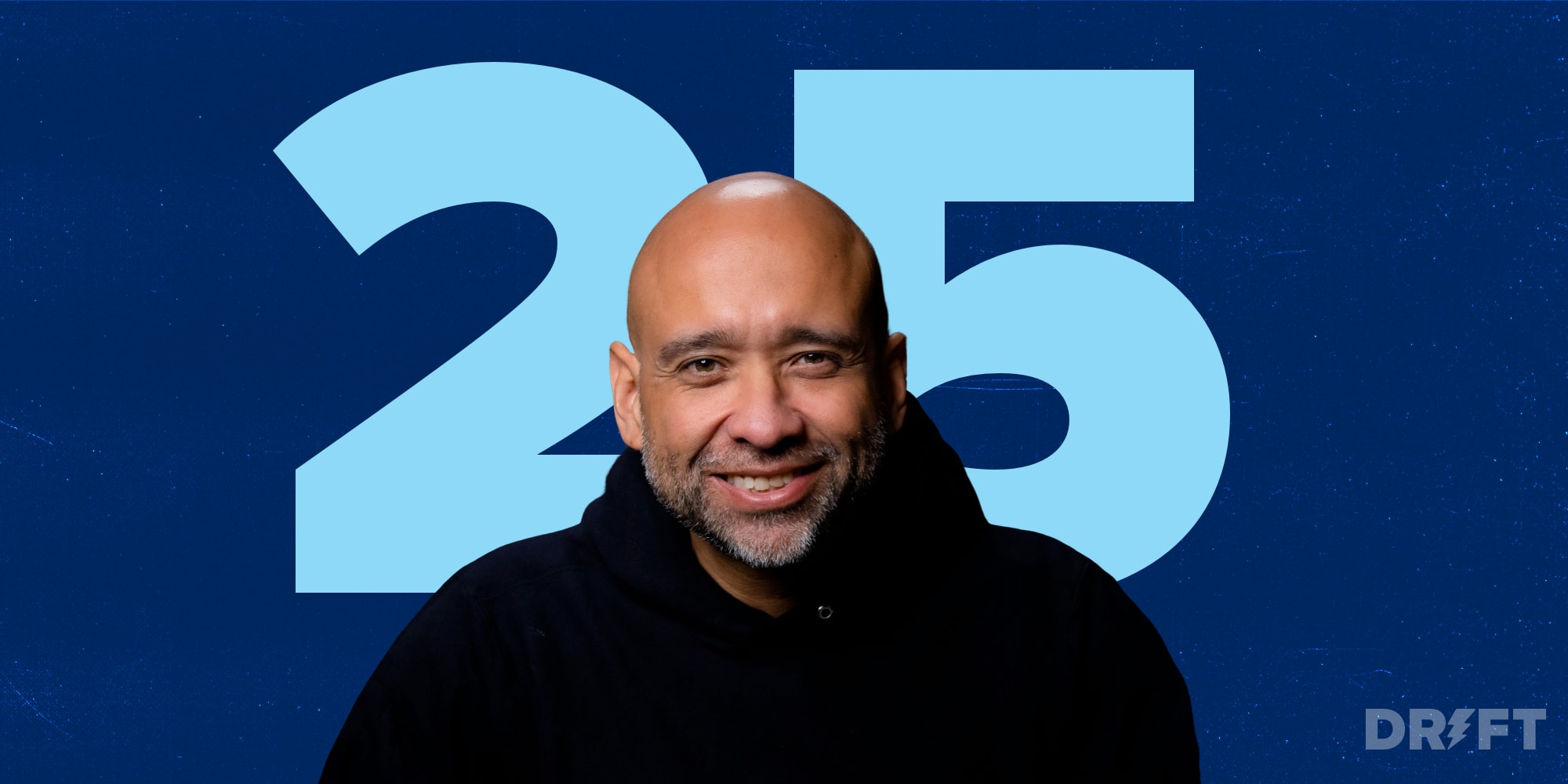Editor’s Note: This article was first published by Inc. here.
If the February 2020 and May 2021 versions of myself could meet, I’m sure they would only marvel at the vast differences separating them.
My former self would have a full calendar of business travel ahead and an unwavering commitment to an in-office culture. He would be amazed – and likely, a bit put off – by my current self’s comfort with the intangible structures of my day-to-day, and by my changing prioritization from pushing through daily tasks to relying on unstructured time for deep thinking.
These versions of myself are fundamentally different, not in appearance but in my approach to work. I’m not alone in this; rather I think most would agree that they’ve been permanently changed by the trauma of the past year.
Now, optimism is creeping back into our outlook and some of the world’s largest tech companies – Microsoft, Facebook, and Salesforce to name a few – are using this as an opportunity to invest millions to reopen their offices and bring employees back to work in-person.
There’s one problem: Rather than adapting to the ways of the present, the hybrid approach clings to the values of the past. The pandemic has pushed us through a one-way door and despite our investment in socially distanced spaces and complex hybrid work models, there’s no going back to our past selves.
A Focus on Outcomes Over Presence
Let me preface this by saying that my co-founder, Elias Torres, and I experimented with a hybrid workforce – a combination of remote and in-person employees – and found it easy to suffer from an unconscious bias toward time.
Prior to the pandemic, much of our work was judged by time and the first-in, last-out philosophy. We found quickly that this metric led to remote employees becoming second-class citizens; they were left out of conversations, missed out on facetime with managers, and ultimately missed out on the same career development opportunities as their in-person counterparts.
The pandemic has proven that what drives success for a company is not the time spent behind a desk, but the outcomes achieved.
We surveyed our entire team before implementing a return-to-work plan, and the feedback was unsurprisingly mixed. What we found as a whole was that our team enjoyed the flexibility to spend more time with their families and less commuting to the office. While many enjoyed the increased freedom, they missed out on the social component of the workplace, which was inherently tied to the office space itself.
More than anything, they wanted our future of work to be an equitable, team environment where everybody has the same career prospects – an understandable selling point.
Elias and I took each of these responses into consideration when we announced that Drift would become digital first.
In essence, remote work will be our primary experience moving forward and our offices will be transformed into Conversation Spaces, where teams can collaborate safely in-person. These spaces will house no individual desks, but rather pods, video studio and broadcasting rooms, and conference rooms intended to bring people together.
Learn more about our decision to go digital first here 👇
As a CEO once adamant about building a culture with our office at its center 16 months ago, I had to question my own mentality around work and instead use our team to guide our future.
Gone are the days of racing to be the first one in the office only to camp out well-past work hours. We’ve seen productivity boom without the time in the office. Now, we can focus on cultivating a work culture that is driven by innovation and autonomy, as we shift our focus from time to outcomes.
Change will be hard for everyone, but ensuring an equitable work environment must come first.









